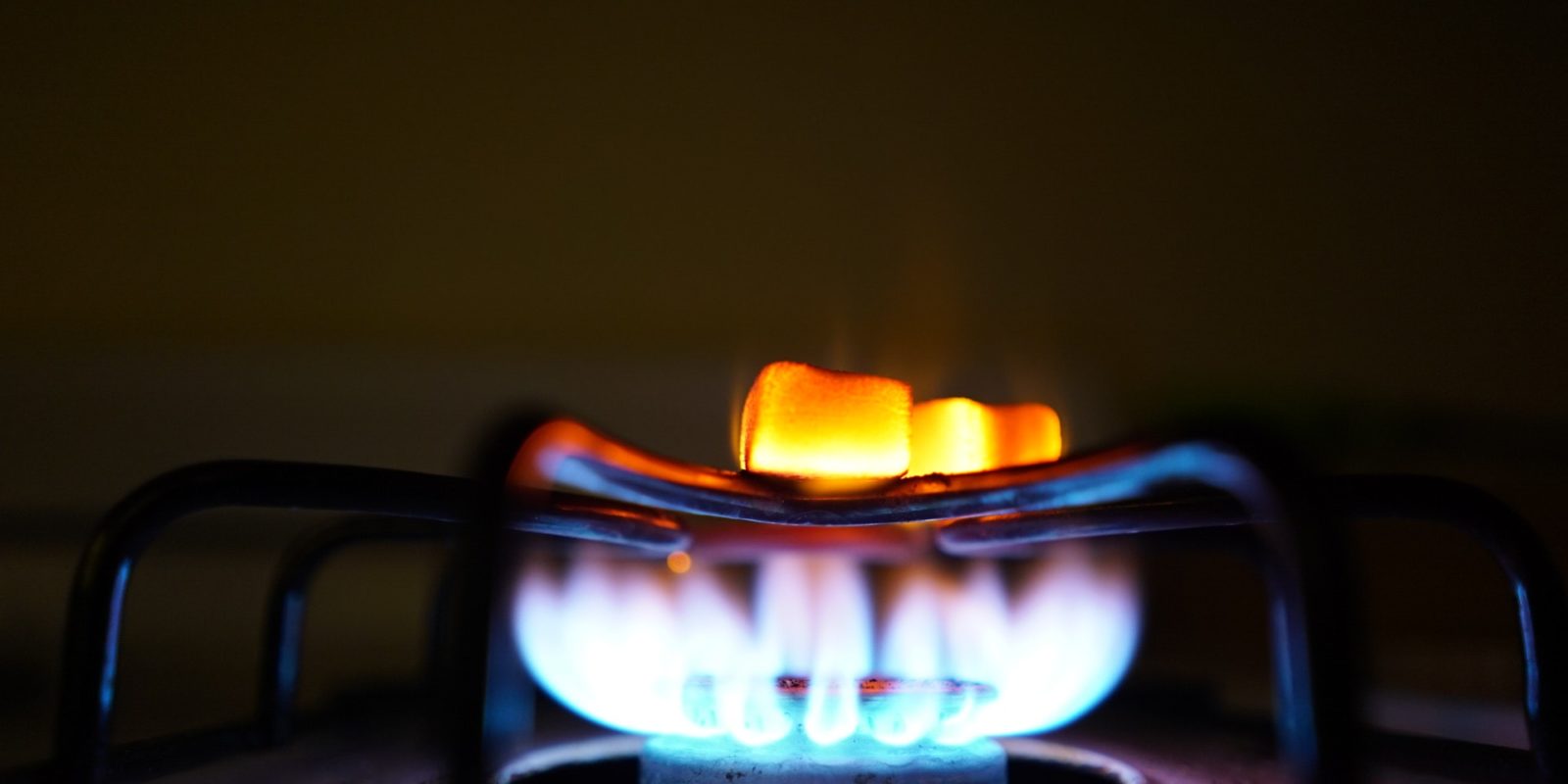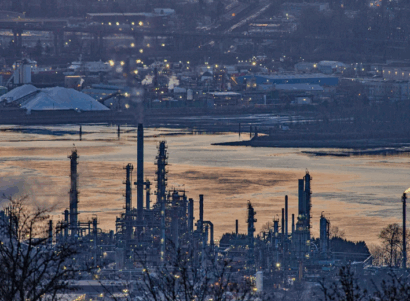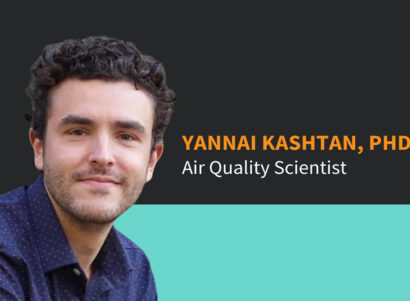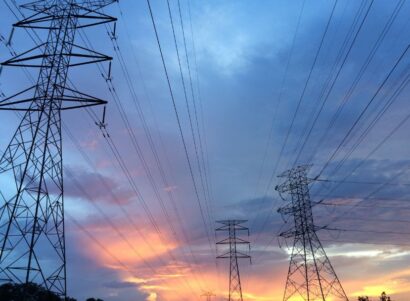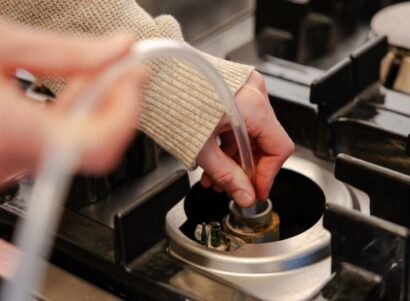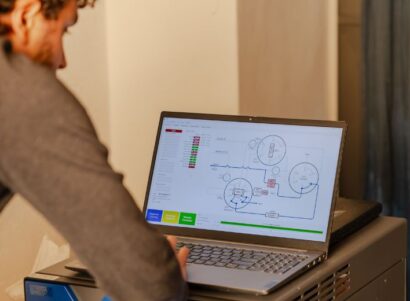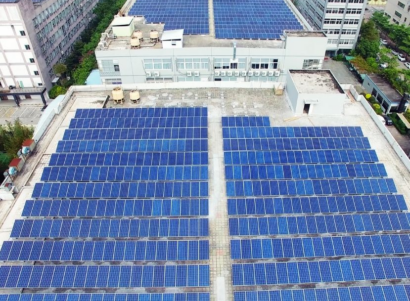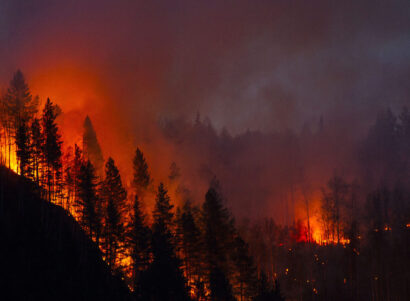In California, 88% of households use natural gas—the second highest rate of residential use in the U.S. Gas is burned to power household appliances, including furnaces, water heaters, and stoves. Recent research from PSE Senior Scientist Eric Lebel found that kitchen stoves and other appliances routinely leak small amounts of unburned gas, even when they are off. And another study from PSE Senior Scientist Drew Michanowicz found that those leaks contain both methane, a climate pollutant, as well as numerous other hazardous air pollutants.
To understand how these leaks of hazardous air pollutants from gas appliances might impact health, researchers at PSE Healthy Energy collected samples of unburned gas from 159 homes across California. The samples were sent to accredited laboratories and tested for any harmful compounds that might be present in the gas. In particular, we looked for benzene, toluene, ethylbenzene, and xylene (BTEX)—volatile organic compounds that are known to impact human health. Benzene in particular is a known human carcinogen for which the World Health Organization states that there is no safe level of exposure.
What we found is that hazardous air pollutants are present in the gas used throughout California. Of the 10 most commonly detected pollutants, six were federally-designated hazardous air pollutants under the Clean Air Act, meaning that they are known to cause adverse health effects. Four of these HAPs were detected in more than 98% of the samples: benzene, toluene, m,p-xylene, and hexane. This means that anywhere gas leaks, there is the potential for exposure to hazardous air pollutants.
Variation in Pollutant Concentrations by Region and Utility Company
We then compared benzene and BTEX concentrations across California’s three main gas utilities: Pacific Gas and Electric (PG&E), Southern California Gas (SoCalGas), and San Diego Gas and Electric (SDG&E). In addition, we split the analysis into seven regions: the Greater Los Angeles Area, the San Francisco Bay Area, San Diego, Sacramento, Fresno, Bakersfield, and the North San Fernando and Santa Clarita Valleys.
Between the three main providers, there was noticeable variability. That is, concentrations of BTEX differed based on the gas company. SoCalGas had the highest concentrations, but also had a large amount of variability within the service territory. This means that not all SoCalGas customers receive gas of the same composition. Interestingly, SDG&E had noticeably lower levels than both SoCalGas and PG&E. This is a surprising result in part because SDG&E is a wholesale customer of SoCalGas, meaning that part of their supply is purchased directly from SoCalGas.
However, the variability by region was even greater than the variability by gas company. In other words, the concentrations of BTEX differed more from region to region than they differed from gas company to gas company. The North San Fernando and Santa Clarita Valleys had particularly high levels of benzene, and the Greater Los Angeles area exhibited a wide range of concentrations.
In Fresno and Bakersfield, we found both cities had relatively lower concentrations of BTEX compared to other parts of the state even though they have different providers (PG&E and SoCalGas, respectively). Although it is not fully understood what is driving this variability, the variability is itself an interesting finding. It highlights the complexity of the natural gas supply chain, and raises questions about the role that gas sourcing, storage, and processing play in pollutant levels. These findings also demonstrate that consumers do not have the same risk of exposure to hazardous air pollutants, even if they have the same provider or live in the same area.
Understanding the Impact of Gas Leaks on Public Health
Aside from understanding regional differences, one major application of these findings is in estimating emissions rates, which are a measure of how much of a compound is being released into the environment in a given time.
Using the benzene concentrations measured in this study in conjunction with previous work by Eric Lebel et al. and Fischer et al., the team estimated that benzene emissions for distribution-level gas infrastructure in California emits the same amount of benzene each year as nearly 60,000 cars. These emissions increase previously assumed outdoor benzene estimates from the residential sector by around 81%.
The team also used the benzene concentrations to perform indoor air quality modeling. Using the concentration of benzene observed in our study we modeled how quickly gas leaks from stoves that are off could build up inside, based on a range of housing types. What we saw is that in certain cases, just having a gas stove in your kitchen could create benzene concentrations comparable to secondhand smoke. This modeling provides new insight on the potential for exposure to the hazardous air pollutants in natural gas and suggests that more research is needed to fully understand the risk.
This study adds to a growing body of research that suggests gas leaks can contribute to harmful air pollution as well as climate change. It demonstrates irrefutably that there are hazardous air pollutants present in the natural gas that people use in their homes and highlights the need for further research on emissions and exposures. PSE researchers are currently working on other studies to help contribute to this field of knowledge.
